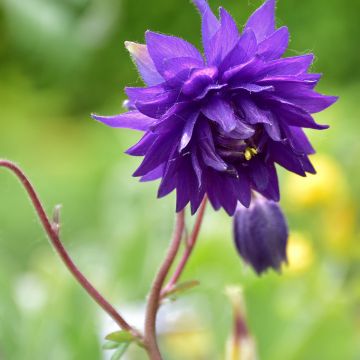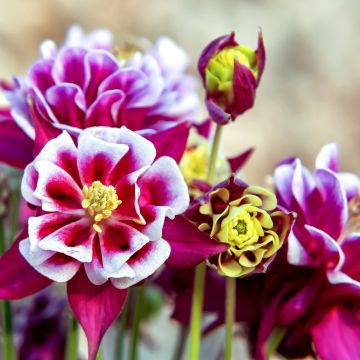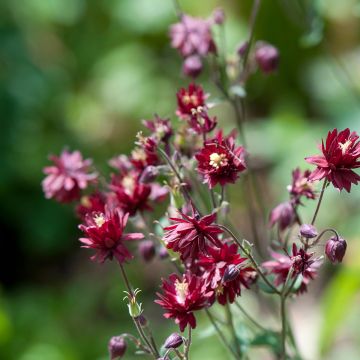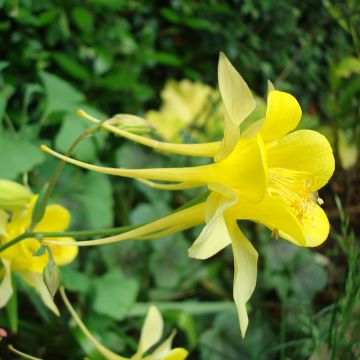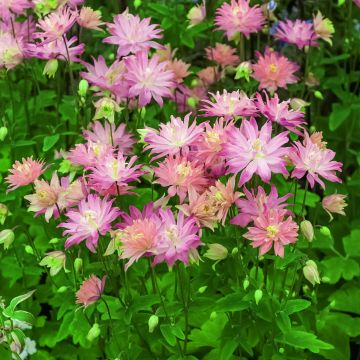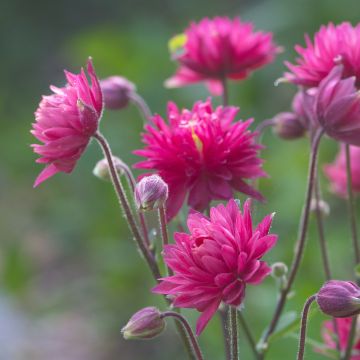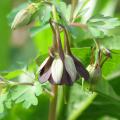Double Aquilegia
Does this plant fit my garden? Set up your Plantfit profile →
Available in 1 sizes
Available in 1 sizes
Available in 1 sizes
Available in 1 sizes
Available in 1 sizes
Available in 1 sizes
Available in 1 sizes
Available in 1 sizes
Available in 1 sizes
Available in 1 sizes
Available in 1 sizes
Available in 1 sizes
Available in 1 sizes
Available in 1 sizes
Available in 2 sizes
Available in 1 sizes
Available in 1 sizes
Available in 1 sizes
Available in 1 sizes
Available in 1 sizes
Available in 1 sizes
Available in 1 sizes
Our range of double-flowered Columbines. They can be found in particular series of Aquilegia vulgaris 'Winky Double' ('Winky Double Rose White', 'Winky Double White and White'...) or even 'Barlow' ('Nora Barlow', 'Blue Barlow'...). In these varieties, you can find the full range of colours of the Common Columbine (Aquilegia vulgaris), the same delicate foliage, but the flowering is displayed in pompoms and frilly corollas carried by slender, sturdy stems. Let's also mention the columbines of the 'Clementine' series with double flowers without upright spurs towards the sky. 'Clementine' exists in white ('Clementine White'), pink, red ('Clementine Red'), violet-blue, and purple. Like the wild species, the double columbine is a very hardy herbaceous perennial, flowering from spring to the gates of summer. Really easy to grow in any moist soil, it requires no special care and easily naturalises in rockeries and slightly shaded borders. Generous, the columbine blooms for a long time and sometimes self-seeds in flower beds if the flower stalks are not cut. It occasionally produces natural hybrids with unique shapes or colours.
Haven't found what you were looking for?








































